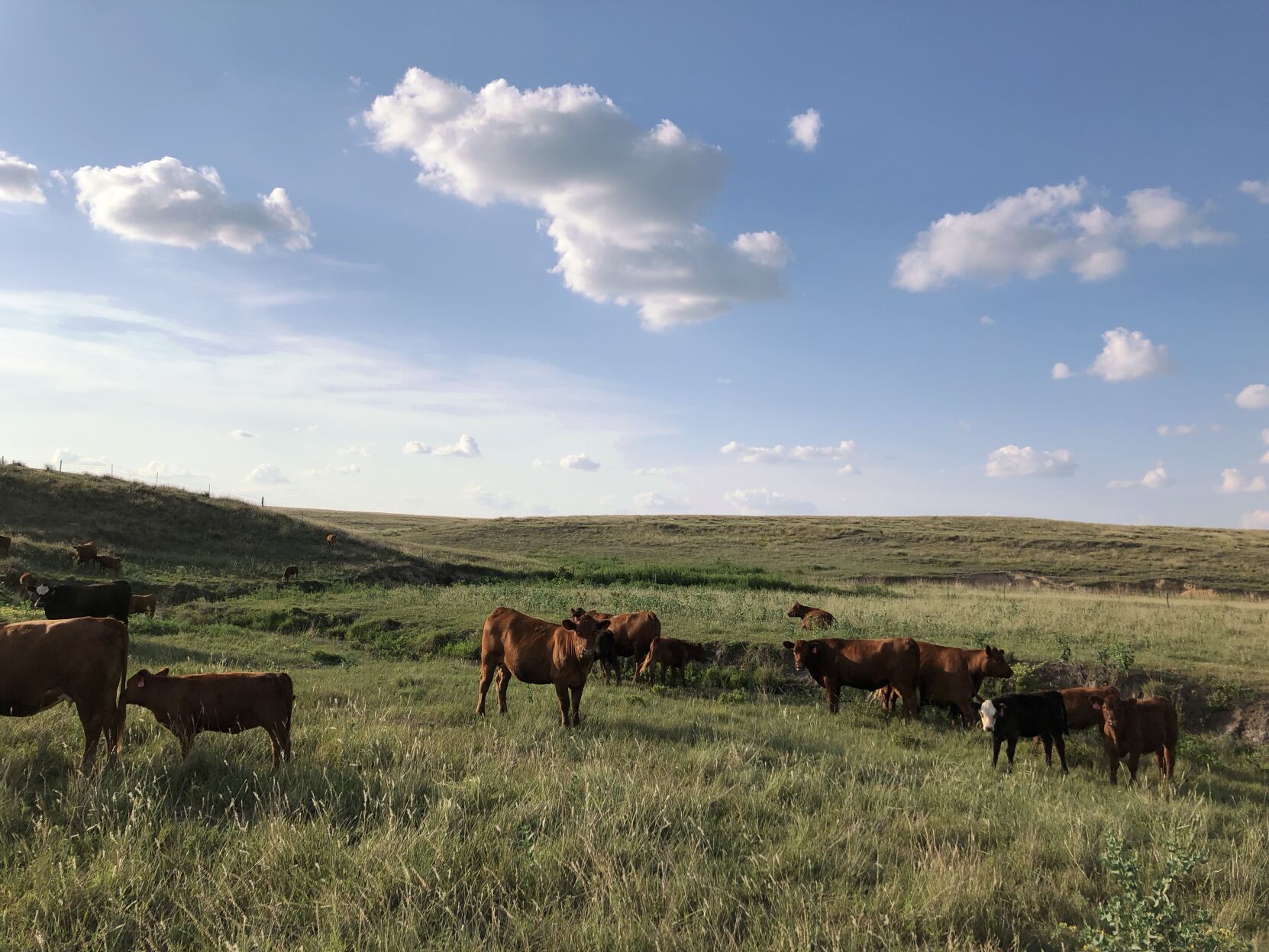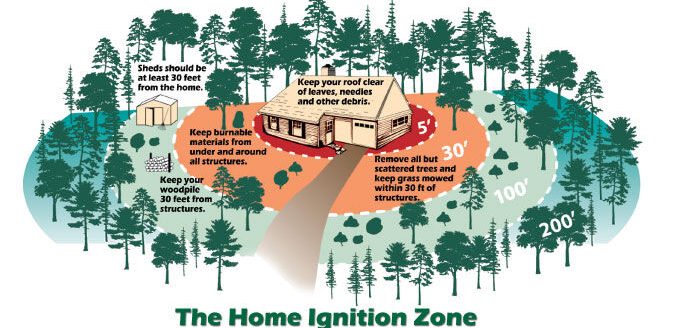Leah Tsoodle, director, Land Use Survey Center, Department of Agricultural Economics, Kansas State University, said pasture lease data is a topic for those looking for information find a challenge.
“Lease data are private information and very difficult to obtain,” she said. “In addition, in Kansas, we continue to see the number of absentee landowners grow.”
Tsoodle said there are a couple considerations when setting a lease rate for a pasture. First, what is the use of the land?
“Are you leasing for recreational use or for grazing livestock?” she said. “There are very different considerations depending on whether you are leasing to folks for recreational uses or for grazing.”
Although she doesn’t analyze data for recreational use of land or is as versed in it, she thinks it’s an important aspect to consider when setting the rate.
Second, the productivity of the pasture needs to be evaluated.
“If you have exceptionally productive soils in your pasture, then it is likely that your pasture can support more animals, making it more valuable,” Tsoodle said.
The third aspect is to whom the pasture is being leased to.
“As you would expect, related parties generally have different terms than arms-length leases,” she said. “For unrelated parties, lease terms with livestock caretakers will differ from lease terms with livestock owners.”
Fourth, is the expense splits. Some might want to consider a lease rate with absolutely no care and that will garner a lower rate than one that could include care of the animals grazing the pasture.
“‘Care’ in lease terms can include: fencing, burning, grass management, doctoring, providing medicine, providing herbicide, herbicide application, liability insurance coverage, providing salt and mineral, distributing salt and mineral, guaranteed count, riding or checking livestock, etc.,” she said. “As anticipated, care and lease rate are directly correlated.”
Fifth, location plays a big role in the price rate.
“Regional norms still sometimes play a big part in lease terms,” Tsoodle said.
If there’s not a resource available to pasture owners needing information to price a lease, she said, those seeking rates need to rely on those in the area.
“I would encourage folks to rely heavily on their local agriculture Extension agents,” she said. “KSRE for Kansas. Those individuals keep their ears to the ground and usually have a good handle on what is going on in their area.”
In addition, a lease tool on AgManager.info at agmanager.info/land-leasing/land-rental-rates/pasture-rental-rate-decision-tool is very helpful in determining rates.
Tsoodle is part of the Bluestem Pasture Survey, a collaborative effort between the Division of Agriculture Marketing at the Kansas Department of Agriculture and the K-State Land Use Survey Center.
The Bluestem Pasture Survey provides reliable, accurate information to Kansas ranchers and the agricultural community as a whole and asks about native tallgrass pasture availability, leasing rates, and fencing rates.
“This report is used not just by folks new to leasing, but also by those who are well versed in leasing,” she said. “It provides a starting point for folks new to leasing and a benchmark for those familiar with leasing.”
Tsoodle suggests those needing more information to visit agmanager.info/land-leasing/land-buying-valuing/land-use-value-research, KSRE, and Agmanager.info, as well as USDA QuickStats Database at https://quickstats.nass.usda.gov.
Kylene Scott can be reached at 620-227-1804 or [email protected].



